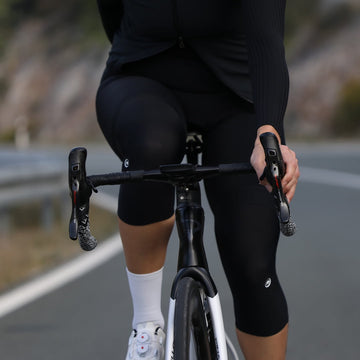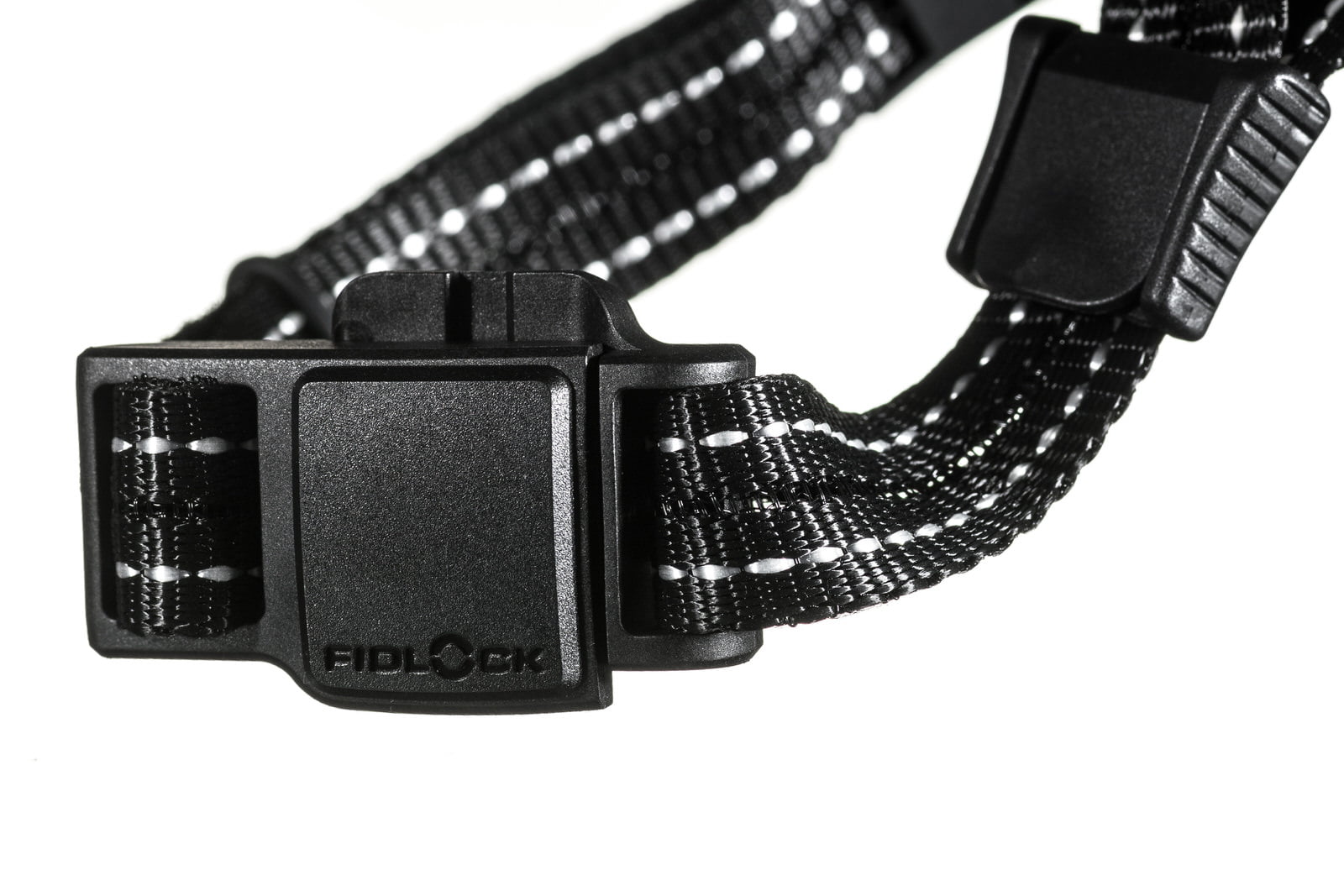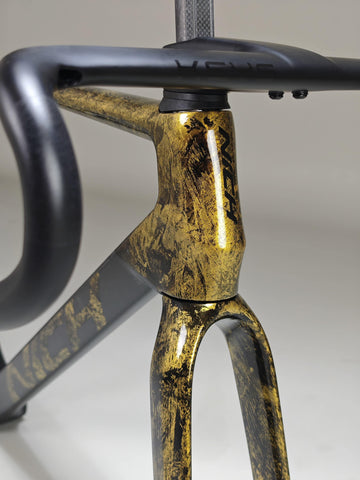Power Up Your Cycling Training: A Guide to Using Power Meters and Bike Computers


Do you want to improve your level of bike training? Adding a power meter to your workout regimen is one of the finest methods to do that. A power meter detects the power you're producing on your bike in real-time and provides you with important performance data. Everything you need to know about power meters, including the various varieties, how to pick the best one, and how to utilise one while training, will be covered in this blog. Additionally, we'll discuss bike computers and how they may be combined with power meters to provide you with a comprehensive view of your performance.
Different Power Meter Types:
There are many different types of power metres, each having its own benefits and drawbacks. The most common power metre types are as follows:
Crank-based power meters: The power is measured at the point where the bike's pedals are attached. The price is average compared to other Power meters but they can be inaccurate at times.
Pedal based power meters: use the pedals themselves to measure power. Although they may not be as accurate, they are typically less expensive than crank-based power metres.
Hub-based power meters: Power is measured at the rear wheel hub of the bicycle. Although they are typically regarded as the most trustworthy power meters, they can be challenging to instal.
Spider based power meters: These gauge the amount of force applied to the bike from each crank. Although they can be pricey, they are typically regarded as the most accurate kind of power metre.
Choosing the Right Power Meter:
When selecting a power meter, accuracy, dependability, and convenience of use should all be taken into account. Consider the pricing as an example. Is it worthwhile to purchase a two-sided power meter, or will a single-sided power meter suffice for your requirements? In this instance if you've been injured or if you know one of your legs is weaker, you should purchase the two-sided power meter. Just one example. Or if you want a more accurate data than a two-sided power meter is also a better option. Currently we mostly recommend pedal based power meters because they can be easily changed and put on a different bike. Also crank based and spider based power meters are a good option. We do not recommend buying a hub bases power meter.

When selecting a power meter, accuracy, dependability, and convenience of use should all be taken into account. Consider the pricing as an example. Is it worthwhile to purchase a two-sided power meter, or will a single-sided power meter suffice for your requirements? In this instance if you've been injured or if you know one of your legs is weaker, you should purchase the two-sided power meter. Just one example. Or if you want a more accurate data than a two-sided power meter is also a better option. Currently we mostly recommend pedal based power meters because they can be easily changed and put on a different bike. Also crank based and spider based power meters are a good option. We do not recommend buying a hub bases power meter.
Calculate your FTP:
- Warm up first for at least 30 to 45 minutes at an easy pace. Your body will benefit from this as it gets ready for the forthcoming difficult exertion.
- After warming up, do an intense 20-minute workout. You must exert yourself as hard as you can for the full 20 minutes during this difficult endeavour.
- The 20-minute effort's average power output should be recorded. Your FTP (Functional Threshold Power) number will be this.
- You can repeat the aforementioned procedure once again after a few days of rest to confirm the accuracy of the FTP.
- You'll get a more precise FTP number if you compare the two FTP figures and take the average.
- It's crucial to retest your FTP every 4-6 weeks and modify your training regimen in light of the fact that it can fluctuate over time.
- FTP is, generally speaking, the maximum power output you can maintain for an hour.
- This implies that you may use FTP as a standard for all of your endurance rides as well as to set precise goals and track your training progress.
- After your FTP test, be sure to properly cool down and remember to hydrate and nourish your body.
You can use the chart bellow and calculate FTP like Anze explained in the video.

Once you have a power meter, it is crucial to understand how to use it in your training. Here are some pointers to get you going:
How to Effectively Use a Power Meter in Your Training:
Once you have a power meter, it is crucial to understand how to use it in your training. Here are some pointers to get you going:
- Establish precise training objectives: Using your power meter, establish precise power-based training objectives and monitor your development over time.
- Concentrate on high-intensity intervals: Monitor your power output during these intervals with a power meter and change the intensity of your workout based on the results.
- Utilize your power meter to keep track of your recovery: Using the data from these rides, you can modify your recovery plan.

Bike computers:
A bike computer shows you data from your power meter. Information about your ride, including your speed, distance, cadence and of course Power fucntions. You may check your power output in real-time with the help of the power meters that are compatible with several bike computers. This is a fantastic approach to gain a thorough picture of your performance and modify your training as necessary.
Training Example:
Power-based intervals are one method to include a power meter into your training. You can try the following example of a power-based interval workout:
- 30 to 45 minutes warm up
- Perform all out sprints 8-10x for 30 seconds each, followed by 30 seconds of active recovery between each sprint.
- Each time you sprint, keep track of your power output and evaluate it against past attempts.
- Relax for 30 to 45 minutes at an easy pace
- 30 to 45 minutes warm up
- Perform 4 sets of 8-minute intervals at your tempo power level
- 4-minute easy spins between each interval
- Keep track of your power output throughout each period and contrast it with your earlier efforts.
- Relax for 30–45 minutes at an easy pace
- 30 to 45 minutes warm up
- Perform 4 sets of 8-minute intervals at your threshold power level
- 4-minute easy spins between each interval
- Keep track of your power output throughout each period and contrast it with your earlier efforts
- Relax for 30–45 minutes at an easy pace
- 30 to 45 minutes warm up
- Perform 4 sets of 4-minute intervals at your VO2 max power level
- 2-minute easy spins between each interval
- Keep track of your power output throughout each period and contrast it with your earlier efforts
- Relax for 30–45 minutes at an easy pace

You may use your power meter to track your progress and modify the intensity of your workout by including power-based intervals in it. This can make it easier for you to accomplish your objectives.
In conclusion, utilising a power meter during your cycling workouts can offer insightful information about your performance, assist in establishing precise training objectives, and measure your development over time. Choosing the appropriate kind of power meter and learning how to use it efficiently during training are crucial. Additionally, using a power meter in conjunction with a bike computer will help you get a full picture of your performance and modify your training program as necessary.










